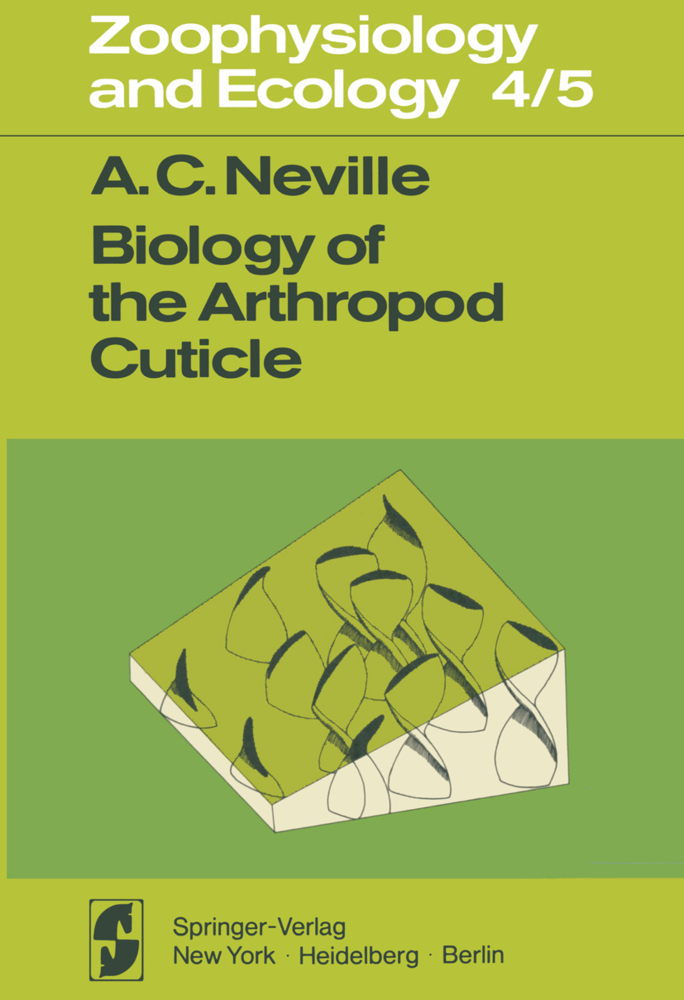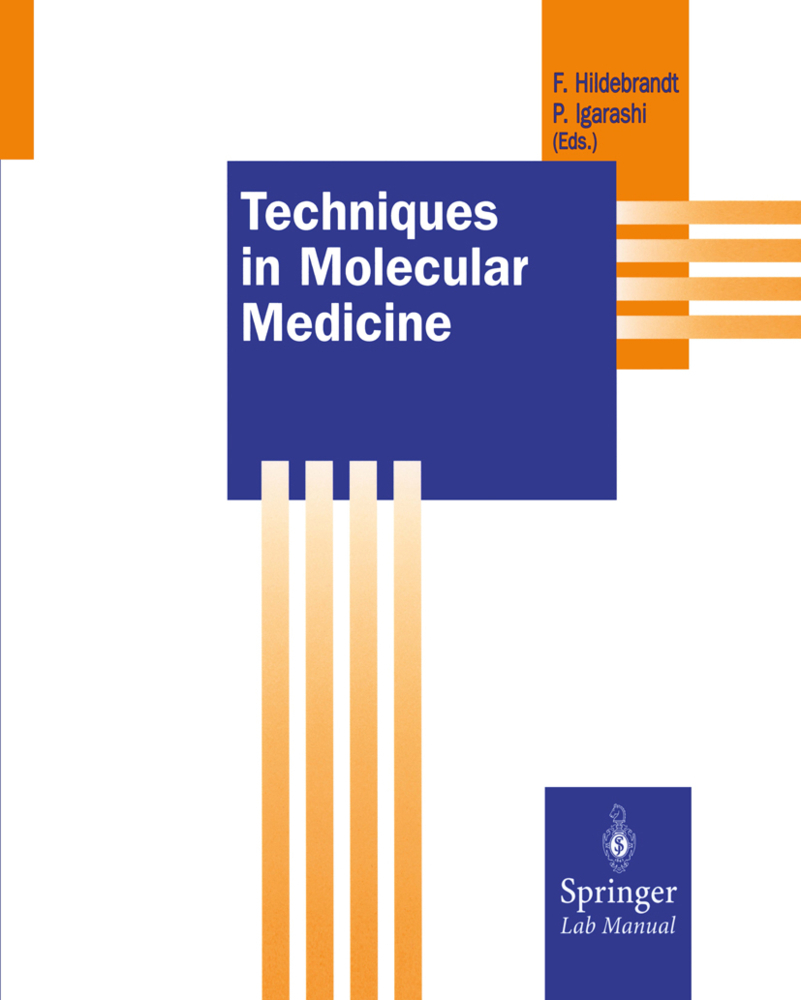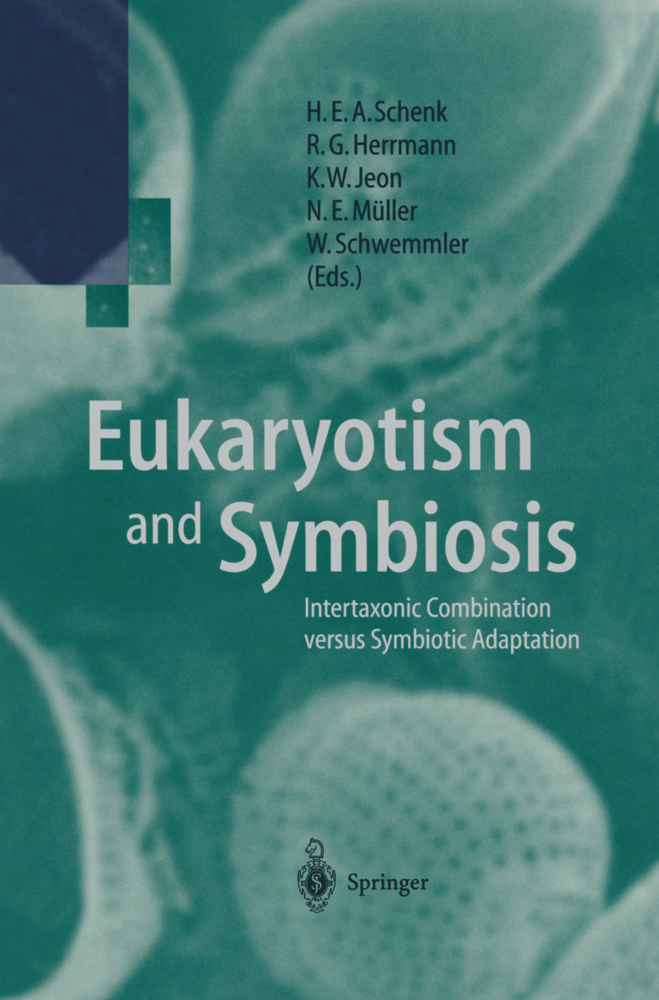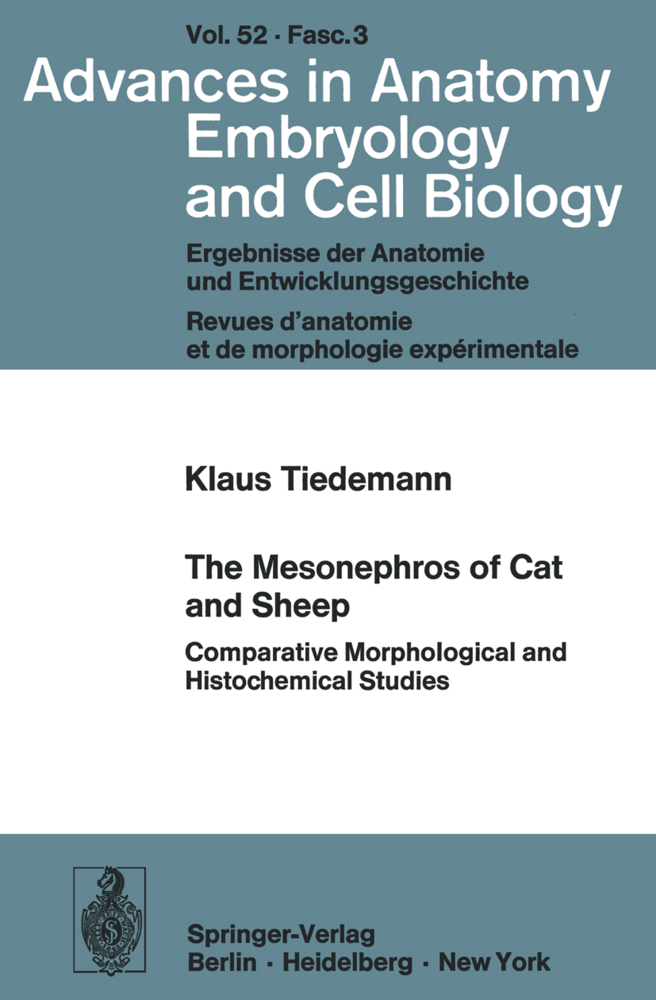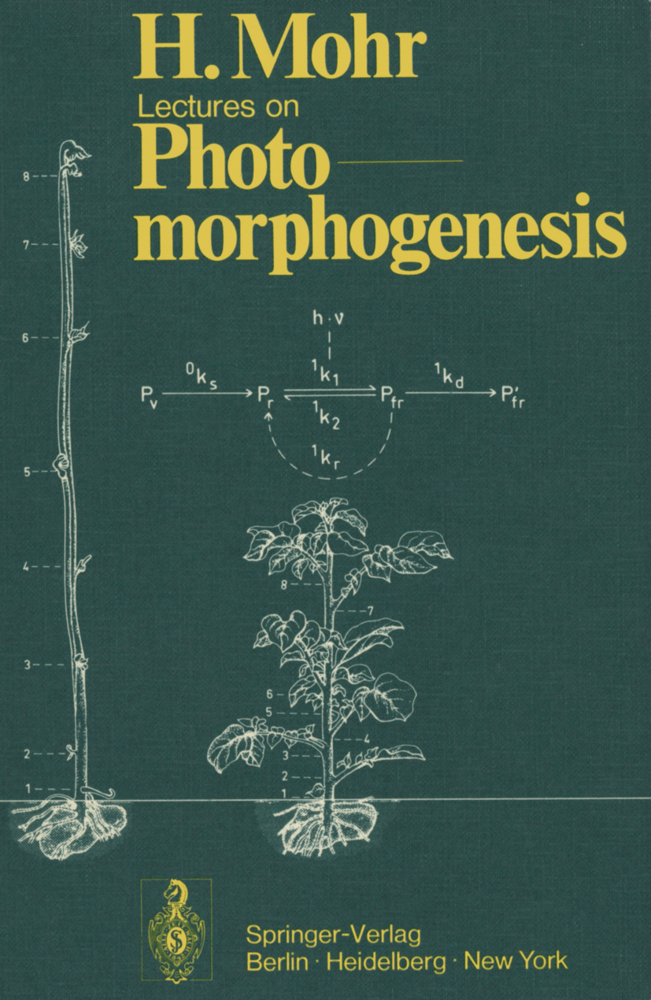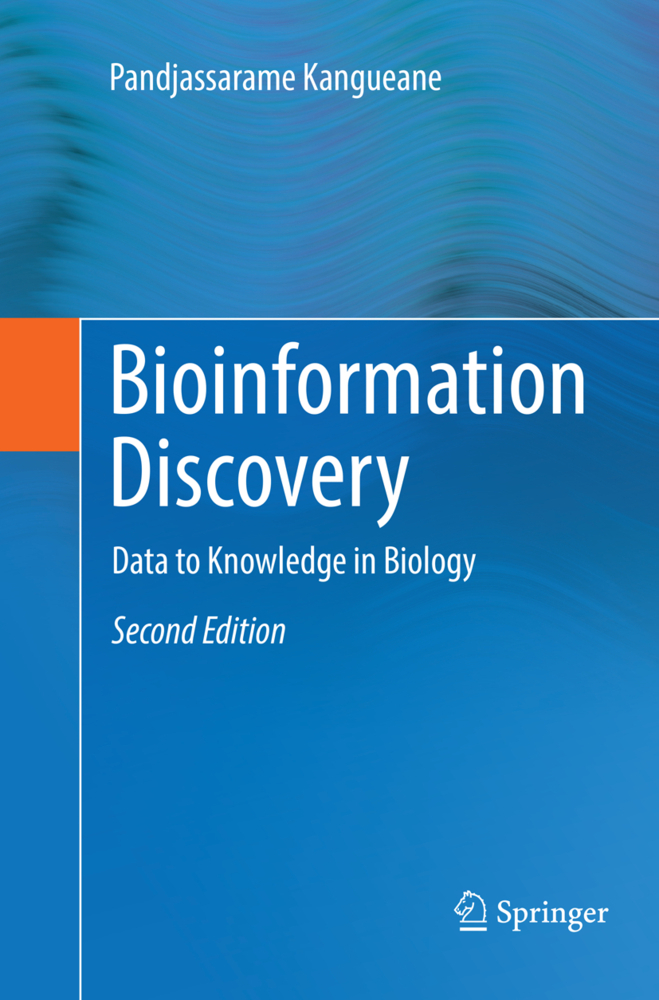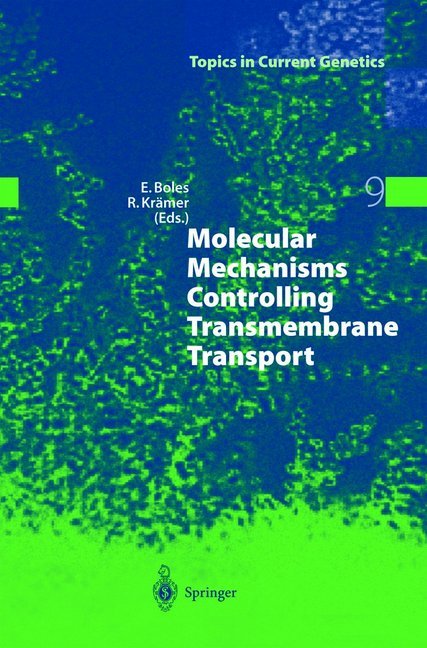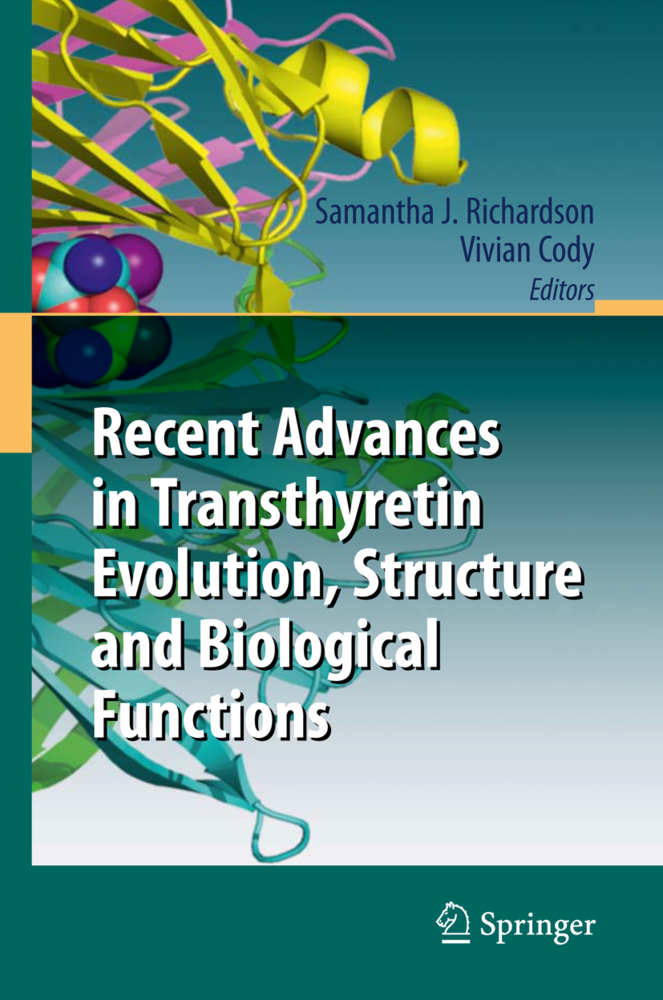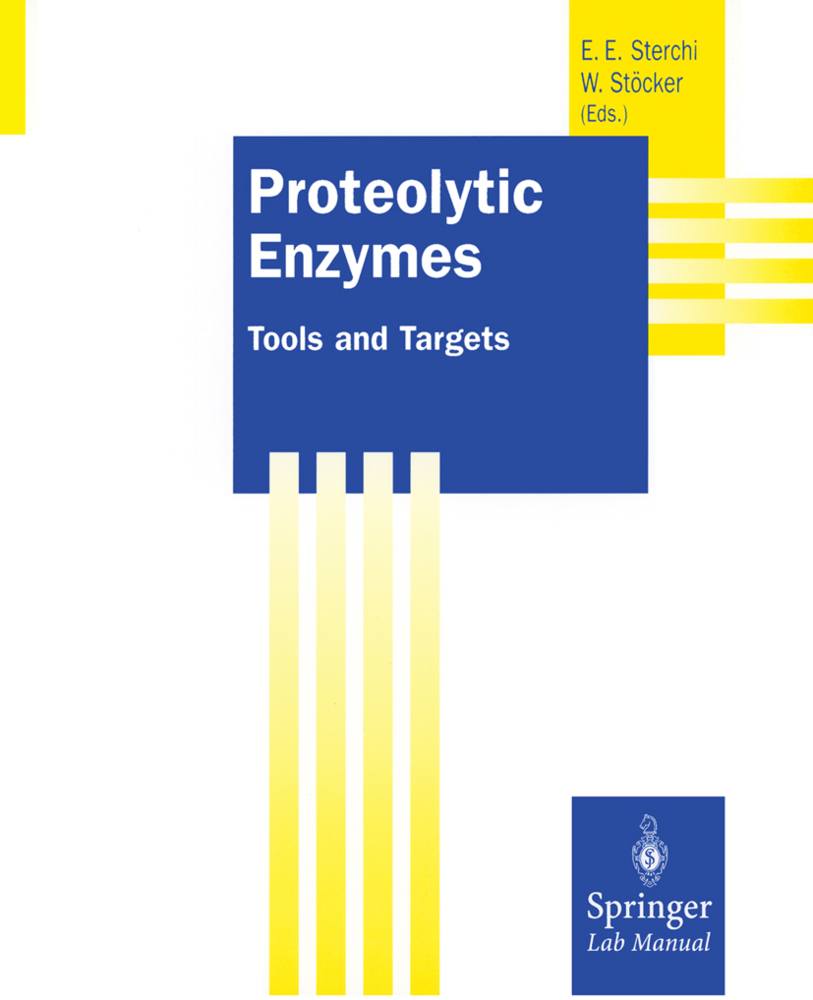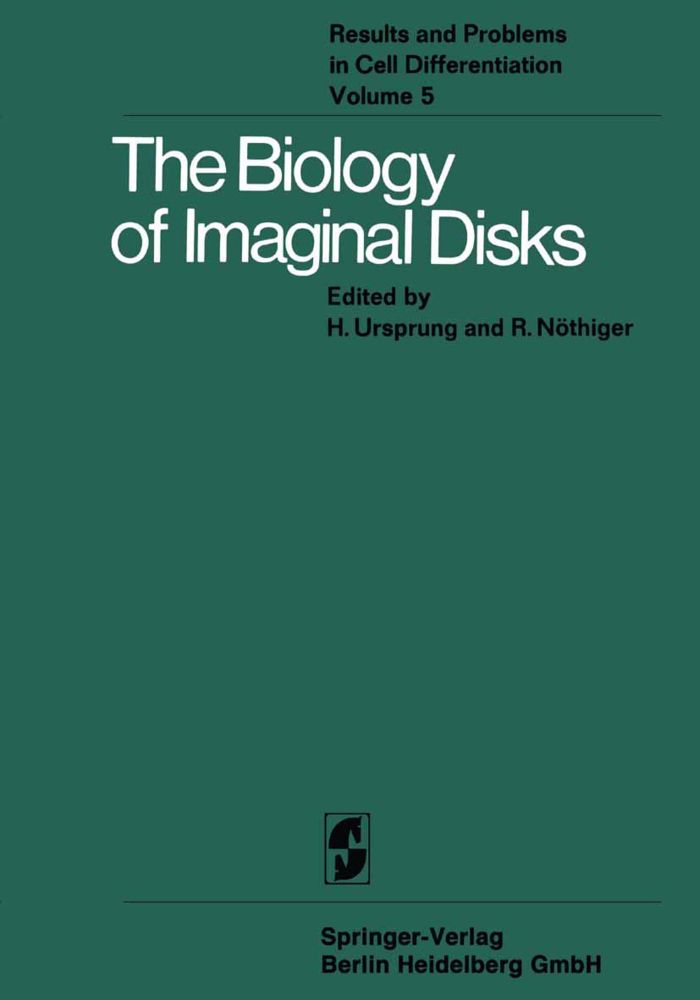Biology of the Arthropod Cuticle
Biology of the Arthropod Cuticle
Mention the words 'arthropod cuticle' to most biologists and they usually provoke a glazed expression. This is because the cuticle is commonly regarded as an inert substance. It is hoped that this book will dispel this fallacy. The study of cuticle in its proper context now involves many of the wider aspects of biology which are currently in vogue (e. g. how a hormone like ecdyson induces a specific enzyme like dopa decarboxylase; the unsolved major problem of cell gradient and polarity; the involvement of cyclic AMP in hormonal mechanisms; the extra cellular control of cuticular enzymes, of the mechanical proper ties of cuticle structural proteins, and of the orientation of fibrous molecules; and the relation of chromosome puffing to the synthesis of specific proteins). Studies on cuticle demand a variety of techniques, and examples of the following are illustrated in this book (fluorescence, phase contrast, polariza tion and Nomarski interference microscopy; infrared absorp tion; transmission and scanning electron microscopy; autora diography analyzed by electron microscopy; negative staining in the electron microscope; optical diffraction, high angle X-ray diffraction, low angle X -ray diffraction and selected area electron diffraction). I am well aware that the biophysical parts of this book are less incomplete than other aspects. A developmental biologist or a biochemist would have further elaborated other parts ofthe subject matter. Only one previous author, RICHARDS (1951)hasdevoted a book to arthropod cuticle.
B. General Functions and Significance of Cuticle
C. Previous Reviews
2 General Structure of Integument
A. Basic Plan of Cuticle
B. Epicuticle
C. Procuticle
D. Cellular Aspects
E. Cuticle and Respiration
F. Related Structures
3 The Structural Macromolecules
A. Chitin
B. Lipids
C. Proteins
D. Pterines
E. Melanin
F. Chemical Interactions in Cuticle
4 Molecular Cross-Linking
A. Introduction
B. Oothecal Protein Cross-Linking
C. Tanning of Exocuticle
D. Cross-Links in Endocuticle
E. Autotanning
F. Epicuticle Tanning
G. Chitin-Protein Cross-Links
H. Cross-Linking of Resilin
I. Silk Tanning
J. Stabilization of Egg Shells
5 Supermolecular Architecture
A. The Microfibril in Cuticle
B. Helicoidal Architecture
C. Symmetry and Asymmetry of Microfibrillar Architecture
D. Polymer Single Crystals
E. Self-Assembly
F. Is Cuticle Self-Assembled?
G. Sense of Rotation of Helicoid
H. Helicoidal Optics
I. Crystallographic Faults in Cuticle
J. Primary Versus Secondary Microfibril Orientation
6 Physiological Aspects
A. Daily Growth Layers in Cuticle
B. Hormones and Cuticle
C. Wound Repair
D. Contractile Filaments in Epidermis
E. Nervous Control
F. The Integument and Water Relations
G. Control of Chitin Orientation
7 Calcification
A. Cuticle Ultrastructure in Crustacea
B. Calcification in Crustacea
C. Calcium Storage in Crustacea
D. Calcification in Insects
8 Physical Properties
A. Optical Properties
B. Cuticle and Sense Organs
C. Electrical Properties of Cuticle
D. Mechanical Properties
E. Aspects of Cuticle Penetration
9 Phylogenetical Aspects
A. Ecdysis
B. Resilin
C. Cuticle Architecture
D. Fossil Cuticle
E. Cuticle Studies on Arthropod Groups
10 Outstanding Problems
A. Tricks and Techniques
B. Tissue Culture
C. Immunology
D. Some Physical Methods
E. Ultrastructural and Functional Problems
F. Developmental Problems
G. Chemical Problems
H. Mechanical Problems
I. Ecological Problems
References
Species Index.
1 Introduction
A. Treatment of SubjectB. General Functions and Significance of Cuticle
C. Previous Reviews
2 General Structure of Integument
A. Basic Plan of Cuticle
B. Epicuticle
C. Procuticle
D. Cellular Aspects
E. Cuticle and Respiration
F. Related Structures
3 The Structural Macromolecules
A. Chitin
B. Lipids
C. Proteins
D. Pterines
E. Melanin
F. Chemical Interactions in Cuticle
4 Molecular Cross-Linking
A. Introduction
B. Oothecal Protein Cross-Linking
C. Tanning of Exocuticle
D. Cross-Links in Endocuticle
E. Autotanning
F. Epicuticle Tanning
G. Chitin-Protein Cross-Links
H. Cross-Linking of Resilin
I. Silk Tanning
J. Stabilization of Egg Shells
5 Supermolecular Architecture
A. The Microfibril in Cuticle
B. Helicoidal Architecture
C. Symmetry and Asymmetry of Microfibrillar Architecture
D. Polymer Single Crystals
E. Self-Assembly
F. Is Cuticle Self-Assembled?
G. Sense of Rotation of Helicoid
H. Helicoidal Optics
I. Crystallographic Faults in Cuticle
J. Primary Versus Secondary Microfibril Orientation
6 Physiological Aspects
A. Daily Growth Layers in Cuticle
B. Hormones and Cuticle
C. Wound Repair
D. Contractile Filaments in Epidermis
E. Nervous Control
F. The Integument and Water Relations
G. Control of Chitin Orientation
7 Calcification
A. Cuticle Ultrastructure in Crustacea
B. Calcification in Crustacea
C. Calcium Storage in Crustacea
D. Calcification in Insects
8 Physical Properties
A. Optical Properties
B. Cuticle and Sense Organs
C. Electrical Properties of Cuticle
D. Mechanical Properties
E. Aspects of Cuticle Penetration
9 Phylogenetical Aspects
A. Ecdysis
B. Resilin
C. Cuticle Architecture
D. Fossil Cuticle
E. Cuticle Studies on Arthropod Groups
10 Outstanding Problems
A. Tricks and Techniques
B. Tissue Culture
C. Immunology
D. Some Physical Methods
E. Ultrastructural and Functional Problems
F. Developmental Problems
G. Chemical Problems
H. Mechanical Problems
I. Ecological Problems
References
Species Index.
Neville, A.C.
| ISBN | 9783642809125 |
|---|---|
| Artikelnummer | 9783642809125 |
| Medientyp | Buch |
| Auflage | Softcover reprint of the original 1st ed. 1975 |
| Copyrightjahr | 2012 |
| Verlag | Springer, Berlin |
| Umfang | 450 Seiten |
| Abbildungen | XVI, 450 p. |
| Sprache | Englisch |

